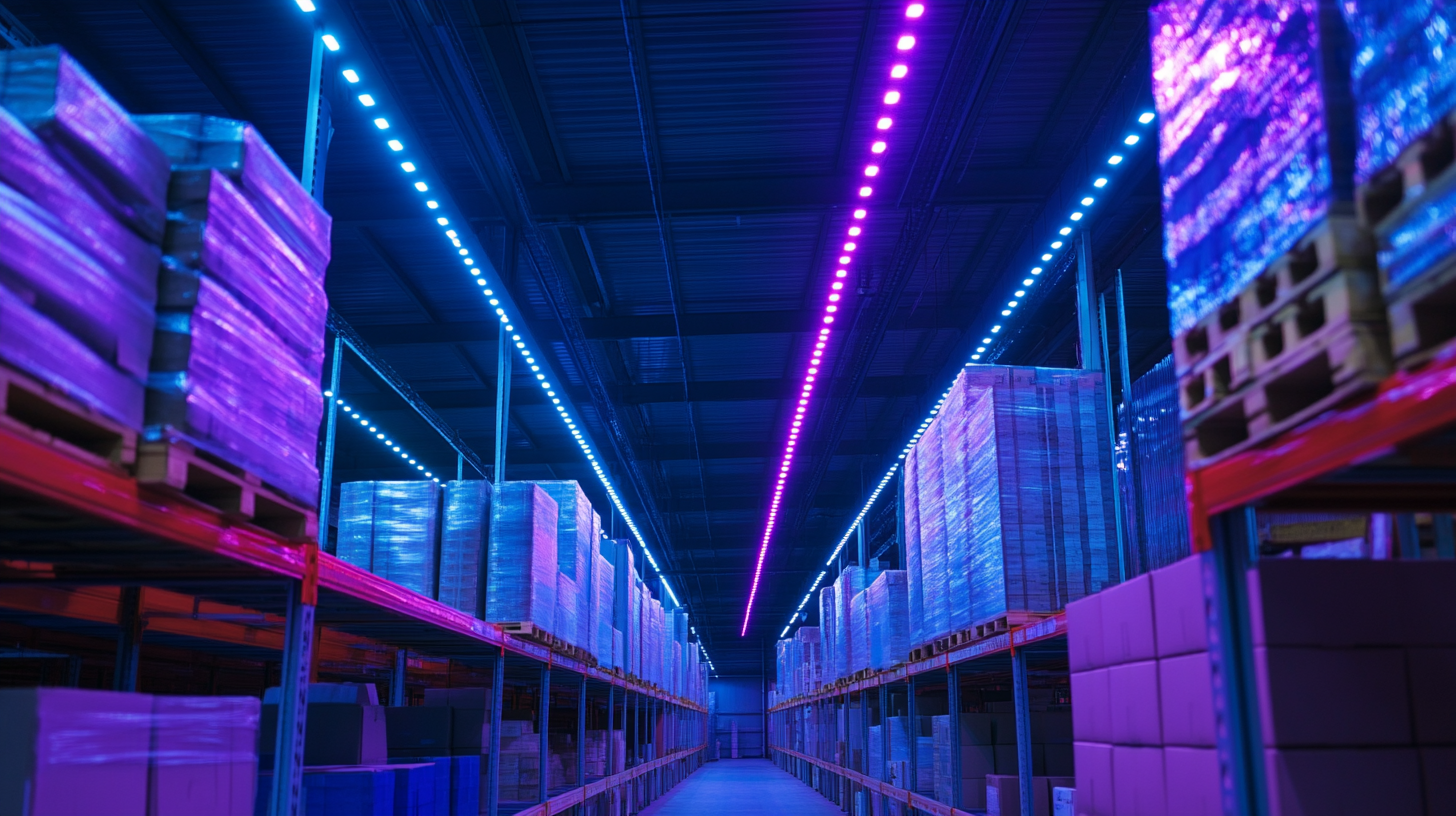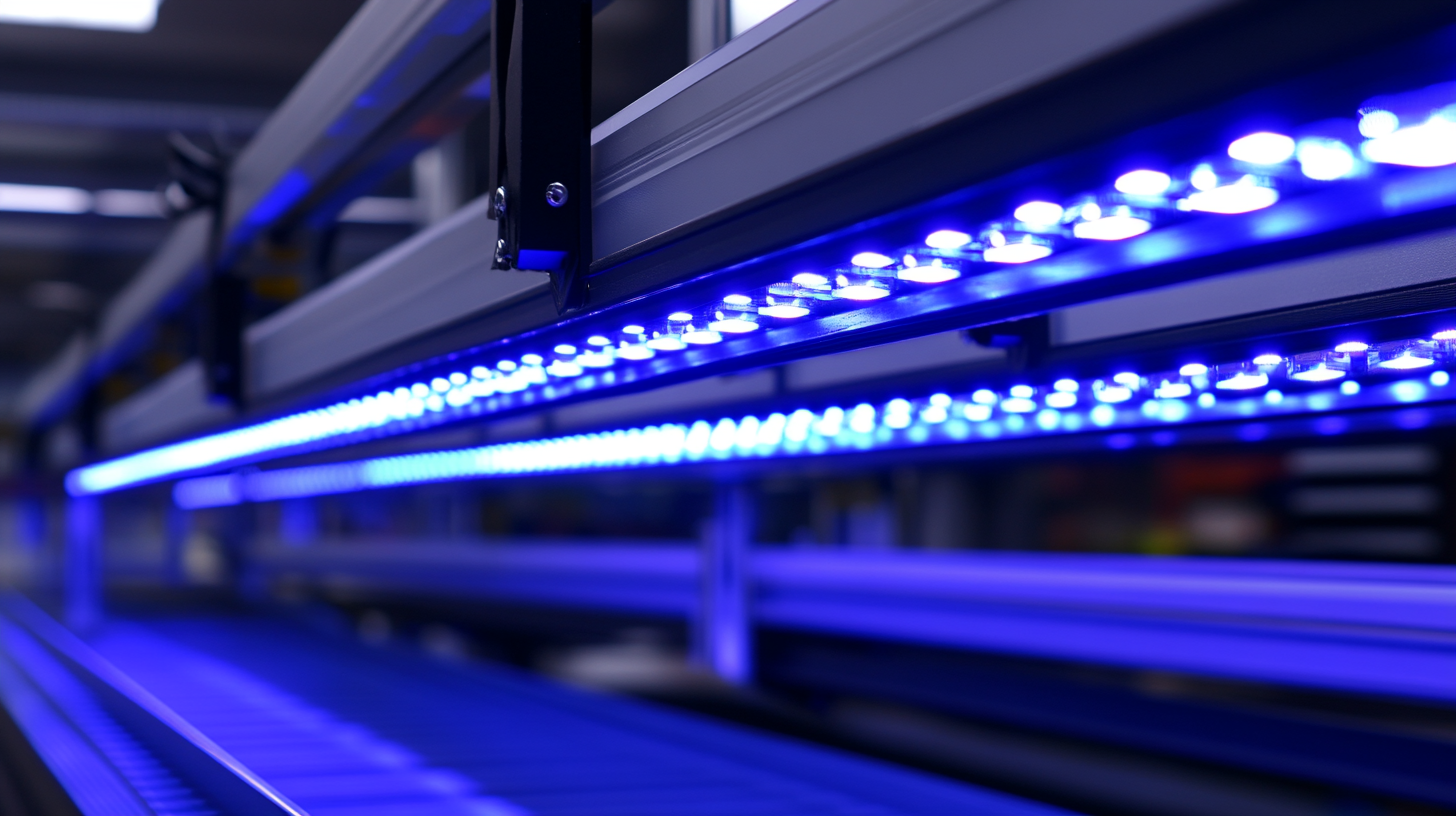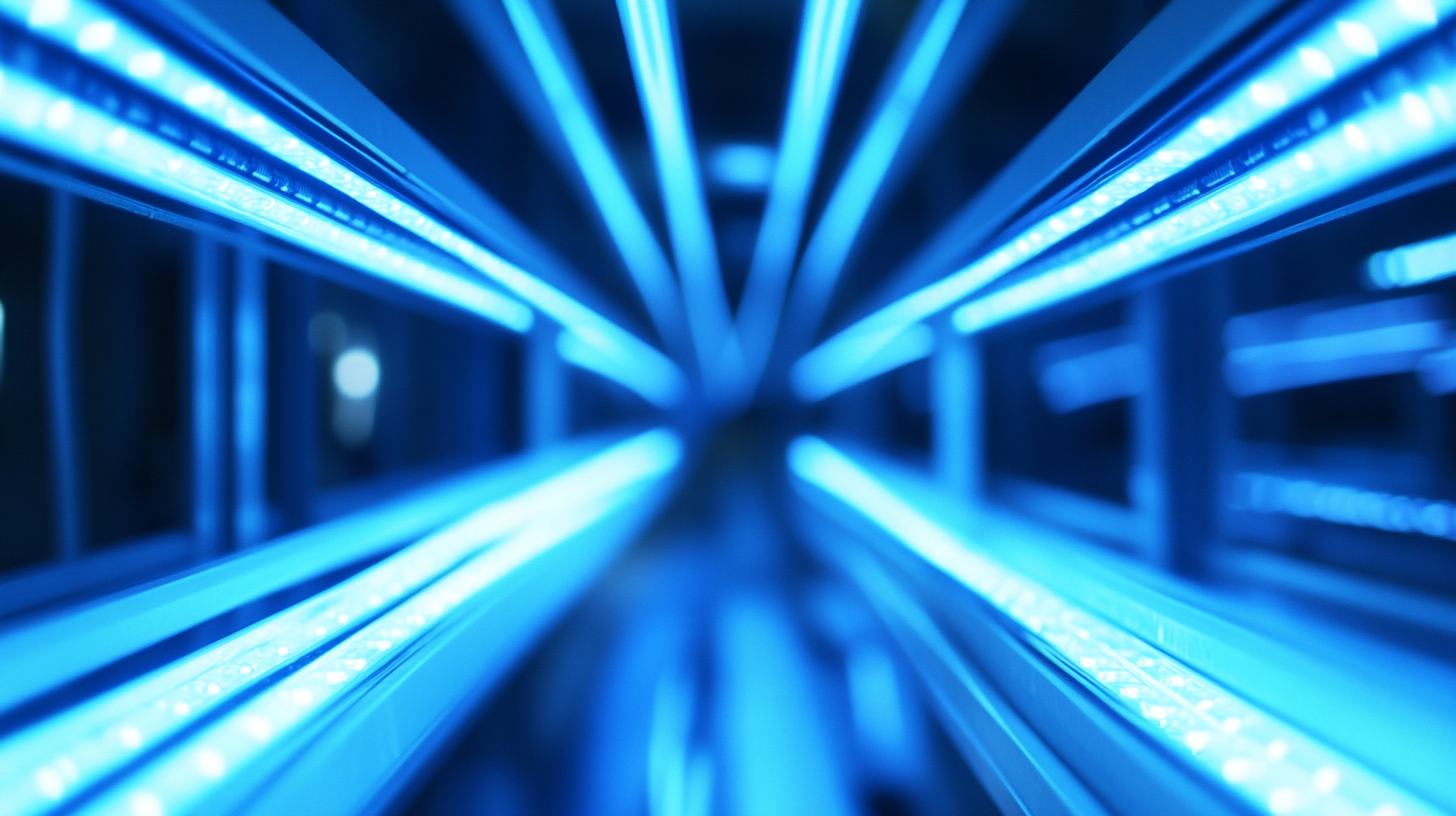Navigating Export Certifications for Linear LED Products in Global Markets
The linear LED product family has witnessed a phenomenal increase in market prospects over the past few years, fulfilling the demand for energy-efficient lighting solutions. Allied Market Research states that linear LED market revenues are expected to amount to USD10.36 billion by 2025, at a CAGR of 12.6% during the forecast period. The growth is primarily attributed to increasing awareness regarding energy conservation, and supportive government regulations for the adoption of LED technologies. Therefore, seizing the trend by companies will create the necessity of really understanding and mastering the procedures involved in export certification for conditional compliance and access to the market.
Considering that criteria for each region differ greatly, it can be an overwhelming task to establish linear LED products in export certifications. The International Electrotechnical Commission (IEC) and American National Standards Institute (ANSI) furnish basic guidance that can impact any country's acceptance of the product. Furthermore, with the ever-tightening of energy efficiency regulations worldwide, producers must keep track of the certifications asked by local markets so as to avoid penalties from non-compliance. With an understanding of these requirements, stakeholders may position the linear LED product in a competitive global market while protecting themselves and the products against any eventual legal liability and safety issues.

Understanding the Importance of Export Certifications for LED Products
Certification of exports constitutes an important component that enhances the possibility of success for LED products in global markets. Increasingly, as the demand for energy-efficient lighting solutions increases among consumers, international standards and certifications become imperative for the manufacturers looking to extend their horizons. Brazil, Chile and India, for example, have increasingly become important target markets for lighting exporters from China in recent years, reflecting a reorientation towards markets with growing infrastructure needs and consumer markets. Of course, businesses wishing to tap open these markets need to have an understanding of the rules governing them. India has declared that there's going to be mandatory certification by means of BIS registration for products that are electronic; hence, the whole Indian market is quite complicated for businesses based in China. According to the most recent reports, as of the last quarter of 2021, industrial lighting exports from China have been astounding, soaring to almost US$1.5 billion, powered increasingly by the drive for visual comfort and psychological aspects of good lighting techniques. This means that the need to comply with certifications will not be limited to just certification but, importantly, to satisfying market demand. More so, there are certifications, such as the carbon footprint labels being awarded to LED display-products, to enhance the overall idea of sustainability. As markets continue to develop, a big differentiator in gaining access into these would be the ability to prove that certified compliance and a commitment to environmental standards exist. Thus, whatever manufacturer is serious about enlarging the global footprint should pay more attention to export certification other than considering it as a mere regulatory requirement.

Key Regulatory Bodies Involved in LED Product Certifications
Certification provides an important cornerstone for linear LED products to meet global standards and regulations, thus aiding their acceptance into different markets. Certification processes in different regions are handled by the regulatory authority, thus safeguarding that their products are safe, effective, and environmentally compliant. Organizations such as TÜV and AEC-Q10 have certified those products and provided credibility to consumers. News lately has highlighted the success of certification for various products, such as mini-backlight series and LED ceiling lights, emphasizing the necessity of compliance with the regarding regulation.
In China, the Shanghai Market Supervision Administration has carried out energy label supervision inspections concerning indoor LED lighting products, thus reaffirming their commitment to energy efficiency. Such inspections are a guarantee that the product is compliant and adds value to sustainability initiatives. In addition to this, carbon footprint verification by TÜV is indicative of the movement toward environmental certification in the industry. All in all, for manufacturers, shuttling through certification is necessary for survival in the competitive global market of LED products.

Common Export Certification Requirements for Linear LED Products
Understanding various certification requirements across global markets is imperative for linear LED products export. Each country may have its own set of regulatory frameworks that manufacturers must deal with in order to comply and facilitate trade. CE marking in the European Union is the most significant one, as it states that products conform to safety, health, and environmental protection standards. Research and Markets has reported that the LED lighting market is anticipated to witness growth of USD 105.72 billion by 2025, requiring companies to comply with these certifications to gain entry into the very lucrative markets.
Apart from CE marking for Europe, the United States requires compliance with the Underwriters Laboratories (UL) and the Federal Communications Commission (FCC) standards. These ensure that the products are safe for consumers while complying with FCC regulations, thus preventing harmful interference with functionality. A recent assessment by the International Energy Agency (IEA) found that adopting LED lighting could save the world about 1,500 TWh of electricity annually by 2030, which stresses that energy-efficient products are part of compliance.
Conversely, it can be noted that other regions include their own set of certification standards, e.g. in Southeast Asia SNI (Indonesian National Standard) in Indonesia and PSE (Product Safety Electrical Appliance & Material) in Japan. These varying requirements must be understood in order for manufacturers to successfully enter international markets, as stated by the Global Lighting Association. Certification processes should be invested in by manufacturers well in advance to avoid delays for market entry and to gain a competitive edge in the growing area of linear LED products.

Navigating Regional Differences in Export Certification Standards
Exporting linear LED products globally brings different challenges related to each region's certification standards. Every specific market has certain requirements within which manufacturers have to comply to penetrate the market. For instance, the European Union considers the energy efficiency and safety of CE marking while North America gives greater importance to standards, set by UL or Energy Star. This could make it burdensome for exporters to get their regional certifications since an exhaustive knowledge of regulations of every complete region is needed.
Japan adopts the certification provisions of the Electrical Appliance and Material Safety Law (DENAN), while the requirements of China are centered on the China Compulsory Certification (CCC) mark. Both requirements emphasize local consumer protection laws and are aligned with the significant spectrums of adoption of product specifications to regional standards. Knowing such regional differences is essential for manufacturers, who will be able to simplify the whole foreign business process and effectiveness at preventing delays that cause high costs in losing necessary time.
These differences between regions in export certification ultimately make the difference between life and death in terms of global sales capacities for linear LED products. Manufacturers invest this time and effort understanding the requirements specific to each market in order not only to adhere to regulations, but also to enhance their reputations, gain trust from customers, and maintain long-term relationships with businesses. Such an investment would, therefore, pay off in future years since demand will keep increasing over time for energy-efficient lighting solutions.
Strategies for Streamlining the Certification Process for Global Markets
It is of utmost importance to navigate the complexities of export certifications because an efficient export certification system is vital for companies producing various linear LED products, most of whom are trying to gain entry into international markets. The certification process is tedious, but targeted strategies can create operational efficiency that helps expedite the entry of these companies into global markets. A report by MarketsandMarkets confirms that the global market for LED lighting will nearly double in value to $100.8 billion by 2024, driven by increasing demand and stringent energy efficiency regulations. Hence, this makes the understanding of and optimization within the certification process of utmost importance.
Connect with the local certification bodies earlier in the development phase. This may help to identify requirements for every target market and also avoid unnecessary delays during compliance checks. For instance, the EU requires all products to comply with CE marking and RoHS regulations, while UL standards are applicable for the U.S. By working with these organizations from the very beginning, a company can make its products become eligible for specific relevant measures needed by the markets thereby speeding up access to more.
This strategy, along with additional measures, such as adopting technology to integrate systems in compliance-implementation, can tremendously augment efficiencies. Such a report from Grand View Research puts the figure at up to 30% when it comes to a business's time-to-market advantage caused by automated compliance software. These systems provide manufacturers with real-time tracking in compliance with requirements against the evolving global regulations. Such early action ensures not only that such compliance is achieved but also helps to inspire confidence among consumers and partners, thus introducing an easier way for penetration into markets for linear LED products.
